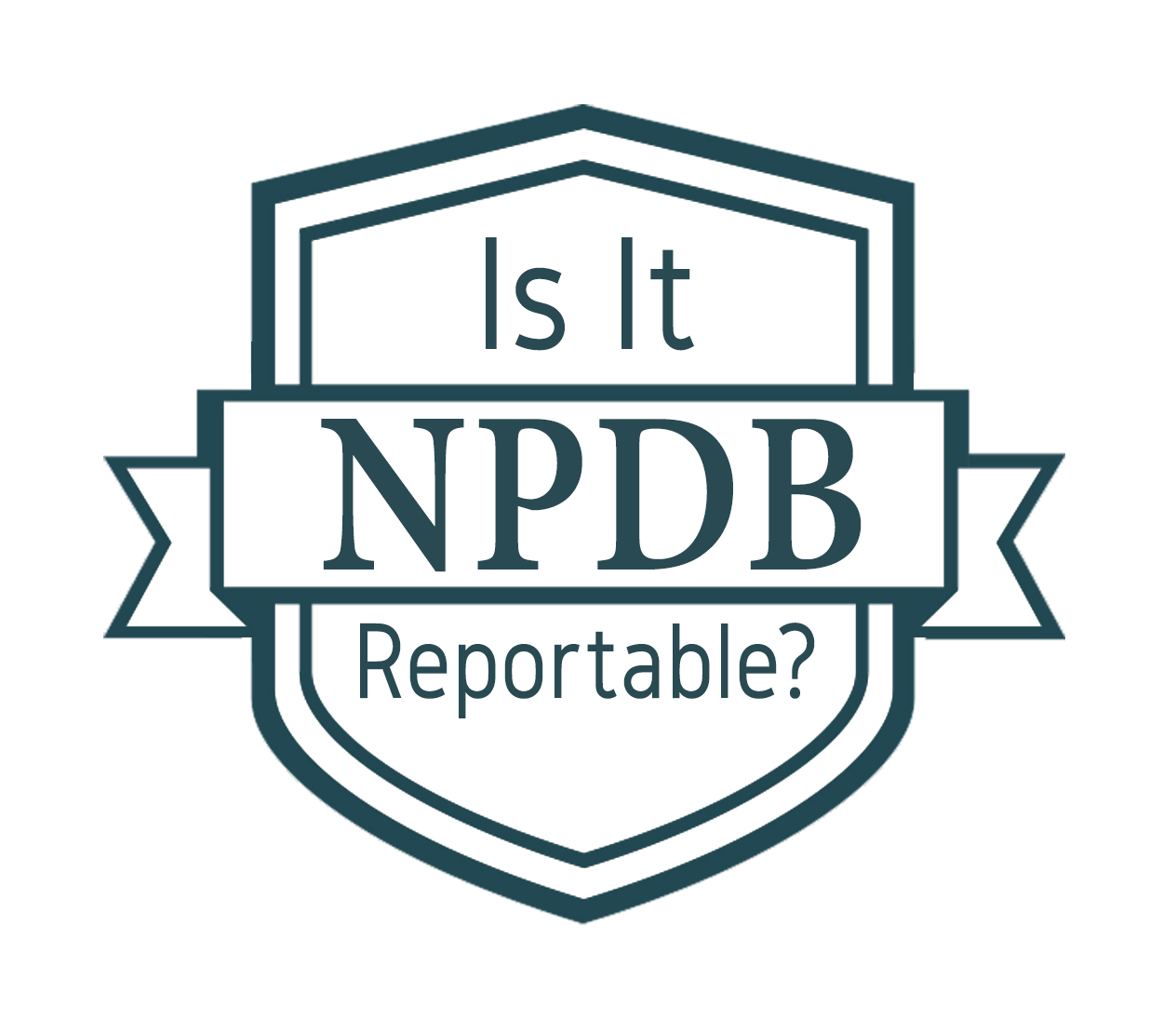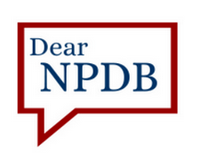NPDB Insights - November 2020
Register Now for the Attestation Teleconference on November 18!
Join us Exit Image on Wednesday, November 18 at 2 p.m. ET, to learn how and why to attest to NPDB activity, as well as submit your attestation to the NPDB. This teleconference will detail our outreach and education effort to ensure eligible organizations meet NPDB reporting, querying, and confidentiality requirements. It will include a Q&A session with NPDB staff members. For more details, visit our Webcasts page.
on Wednesday, November 18 at 2 p.m. ET, to learn how and why to attest to NPDB activity, as well as submit your attestation to the NPDB. This teleconference will detail our outreach and education effort to ensure eligible organizations meet NPDB reporting, querying, and confidentiality requirements. It will include a Q&A session with NPDB staff members. For more details, visit our Webcasts page.
We will provide one NAMSS Continuing Education Credit for attending the teleconference. Please note: only those who attend the live broadcast will receive a NAMSS CEU. When you register Exit Image to participate in the teleconference, you will complete a form and specify if you would like a NAMSS CEU. It may take 2–3 weeks after the teleconference to receive the CEU.
to participate in the teleconference, you will complete a form and specify if you would like a NAMSS CEU. It may take 2–3 weeks after the teleconference to receive the CEU.

Is It Reportable?
A state Medicaid agency excluded a pharmacy from the state's Medicaid program for submitting false claims. Is this action reportable?
Yes. The exclusion of health care practitioners, providers, or suppliers from participation in federal or state health care programs must be reported to the NPDB. Exclusions are distinct from licensure and certification actions and should be reported to the NPDB as Exclusion or Debarment actions on the Adverse Action Report format. For more information, see the section titled Reporting Exclusions from Participation in Federal or State Health Care Programs in the NPDB Guidebook.

Dispute Process
When the NPDB receives a report, it notifies and instructs the subject of the report to review the report for accuracy. If subjects disagree with the factual accuracy of a report or whether a report was submitted in accordance with NPDB reporting requirements, they may place the report into Dispute Status. The NPDB encourages them to first contact the reporting entity listed in Section A of the report to attempt to resolve the issue.
Report Subjects: How Do I Dispute a Report?
Before placing a report into Dispute Status, you should contact the reporting entity listed in Section A of the report to attempt to resolve the issue. You can enter a report into Dispute Status at any time, but you must provide proof of attempted contact with the entity in order to elevate the dispute to Dispute Resolution (See below.) For step-by-step instructions on entering a report into Dispute Status, visit the How to Dispute a Report page.
You can also add a subject statement to the report, or update an existing statement, at any time. This statement allows you to provide information you would like included with the report. The statement is shared with the reporting entity and all querying organizations who have received a copy of the report during the past 3 years, and is included in all future query responses.
You can place a report into Dispute Status without providing a statement, and you can provide a statement without placing a report into Dispute Status.
Dispute Status does not trigger a review of the report by the NPDB. The reporting entity is notified when the report enters Dispute Status, or when a statement is added to the report, and can correct the report, void the report, or leave the report unchanged. After 60 days, and once you have provided proof of attempted contact with the entity, you have the option of placing the report into Dispute Resolution, which triggers a review of the report.
Reporting Entities: What Happens When a Subject Disputes a Report?
When subjects dispute reports, they are first encouraged to contact you, the reporting entity, to attempt to resolve the issue. A subject can enter a report into Dispute Status at any time with or without contacting you, but a subject must provide proof of attempted contact in order to elevate the dispute to Dispute Resolution. A subject can also add or update a subject statement to a report at any time. This statement is included in the report and shared with you and all querying organizations who have received a copy of the report during the past 3 years, and is included in all future query responses.
A subject can place a report into Dispute Status without providing a statement, and can provide a statement without placing a report into Dispute Status.
If a subject enters a report into Dispute Status, you will receive a notification under Report Activity after signing in to your account. Dispute Status does not trigger a review of the report by the NPDB. During Dispute Status, or at any time, you can correct the report, void the report, or leave the report unchanged. After 60 days, and once the subject has provided proof of attempted contact with you, the subject has the option to elevate the report to Dispute Resolution, which triggers a review of the report.
Dispute Resolution
If a report is elevated to Dispute Resolution, the regulations governing the NPDB give the secretary of Health and Human Services the authority to review the accuracy of the report.
For more information about the Dispute Process, visit the NPDB Guidebook.

Dear NPDB
Under a transparency initiative, my entity has become aware of a reportable action dating back decades that was never submitted to the NPDB. Are we obligated to submit all of that information to the NPDB?
Yes, you are obligated to submit all reportable actions to the NPDB. Entities are not excused from reporting because they missed their reporting deadline.
All required reports must be filed with the NPDB, regardless of whether they are submitted after the mandatory 30-day time frame for filing. If an entity discovers documentation of medical malpractice payments, adverse actions, or judgments or convictions that it has not reported to the NPDB, it must submit them as soon as possible.
For more information about reporting time frames and reporting legacy information, see the Time Frame for Reporting section of the NPDB Guidebook.
The latest updates and resources are available at https://www.npdb.hrsa.gov.
Previous editions of NPDB Insights are available in our archive.
 An official website of the United States government.
An official website of the United States government.

